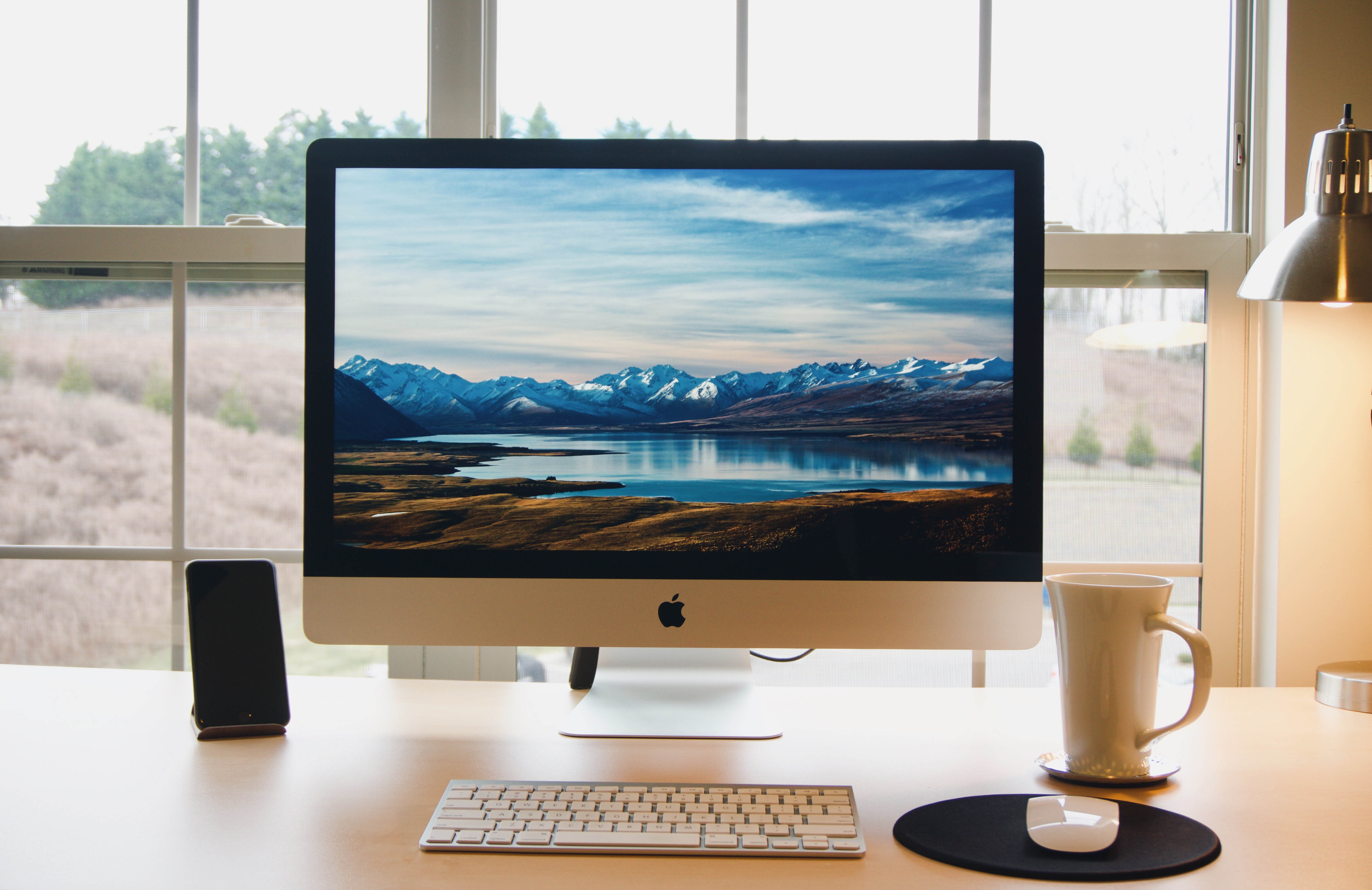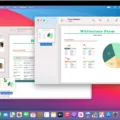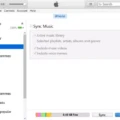Do you have an iMac that has been stuck in a reboot loop? If so, you’re not alone! It’s a common issue for iMacs, but thankfully there is a fix. With the right steps, you can get your iMac back up and running in no time.
The first step to fixing an iMac reboot loop is to shut down your computer. To do this, press and hold the power button until your Mac shuts off completely. Once it’s off, wait 10 seconds before restarting it again.
When restarting your Mac, press and hold the Command + Option + P + R keys while it boots up. Keep holding these keys for about 20 seconds or until you hear the startup chime two times. This should reset your NVRAM (Non-Volatile Random Access Memory) and stop the reboot loop issue.
If this doesn’t work, you can try resetting your Mac to its factory settings by going to System Preferences > General > Transfer or Reset and clicking “Erase All Content and Settings” from there. This will restore your Mac to its original state, so make sure you have any important files backed up before doing this.
If none of these steps work for you, it might be time to take your iMac in for professional help as there may be more serious issues at hand.
We hope these steps help get your iMac out of the reboot loop and back up and running again!
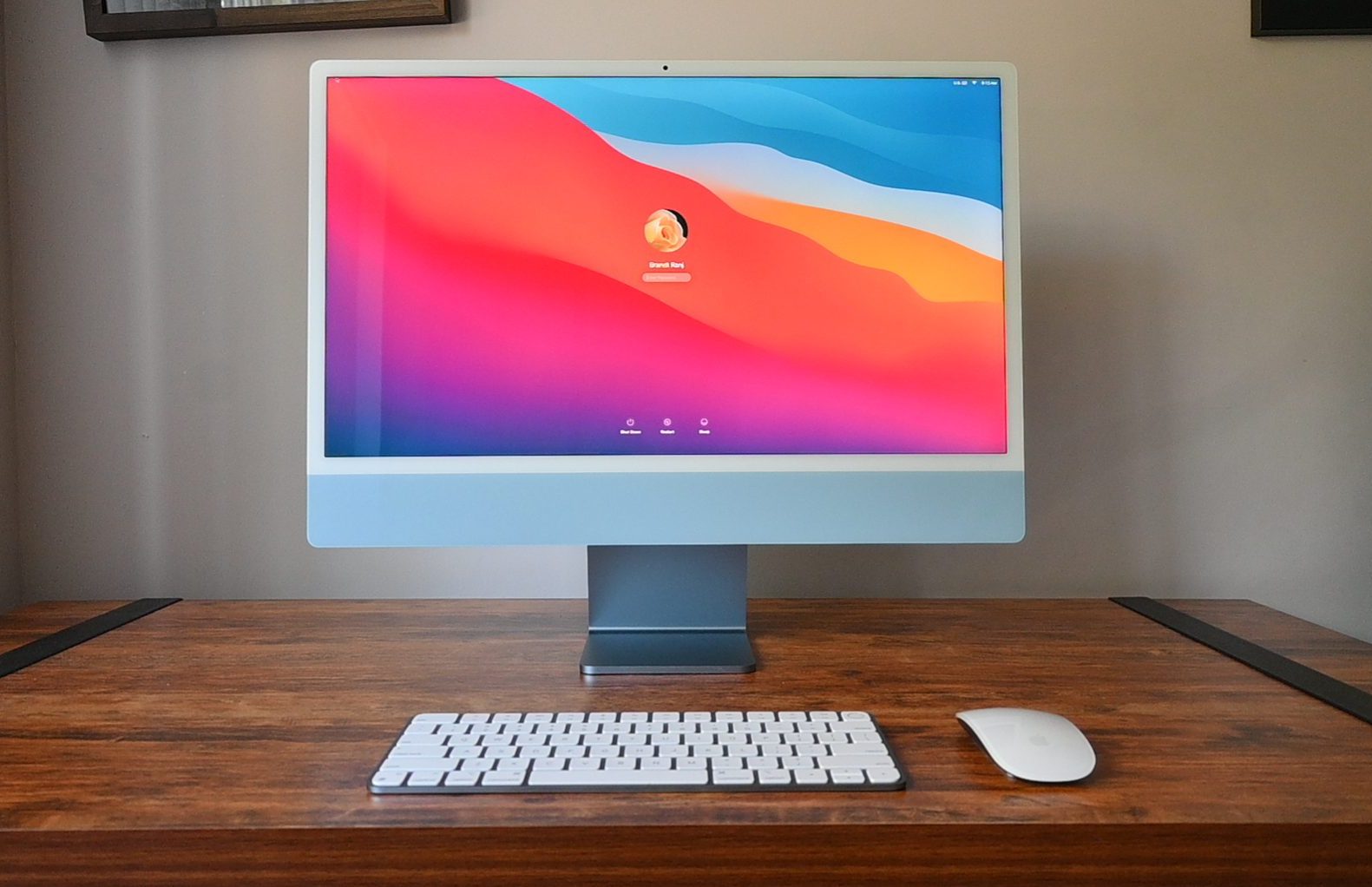
Performing a Hard Reboot on a Mac
Hard rebooting a Mac is a straightforward process. To start, make sure your Mac is turned on and that there are no external peripherals plugged in. Next, press and hold the power button on your Mac for at least ten seconds until you see the startup screen appear. Once it does, release the power button and your Mac will begin its hard reboot process. If this doesn’t work, try resetting your SMC (System Management Controller) by shutting down your computer, unplugging all cables and peripherals, pressing and holding both the power button AND the control+option+shift keys for at least seven seconds, then releasing all keys and plugging everything back in. Your Mac should now be ready to use again.
Troubleshooting Constant Mac Reboots
It is possible that your Mac is constantly rebooting due to an issue with the software installed on it, or due to a device connected to it. This could be an issue with a third-party application or a device that is not compatible with your Mac. It could also be caused by a corrupt system file or an incompatible driver. If this is the case, you should update any third-party applications and drivers, and check for any updates for your Mac’s operating system. Additionally, you should disconnect any external devices from your Mac and reboot them to see if the issue persists. If you are still experiencing the issue after these steps, you may need to take your Mac to an Apple Store or authorized service provider for further diagnosis and repair.
Fixing a Mac Update Loop
If your Mac is stuck in a loop while updating, the most reliable way to fix it is to reset the System Management Controller (SMC). To do this, shut down your Mac and wait for 10 seconds to let it completely turn off. Then restart your Mac and immediately press and hold the Command + Option + P + R keys together. Keep holding the keys for about 20 seconds. This will reset the SMC and should resolve any issues with your Mac getting stuck in an update loop.
Troubleshooting a Spinning Loading Circle on a Mac
The loading circle on your Mac keeps spinning because the application you are trying to use is not responding in a timely manner. This often happens when the app requires more resources than your computer can provide, resulting in it becoming unresponsive. To fix this issue, you should try force quitting the app and then restarting it. If that doesn’t work, you may need to free up some resources on your computer, such as closing other applications or freeing up space on your hard drive.
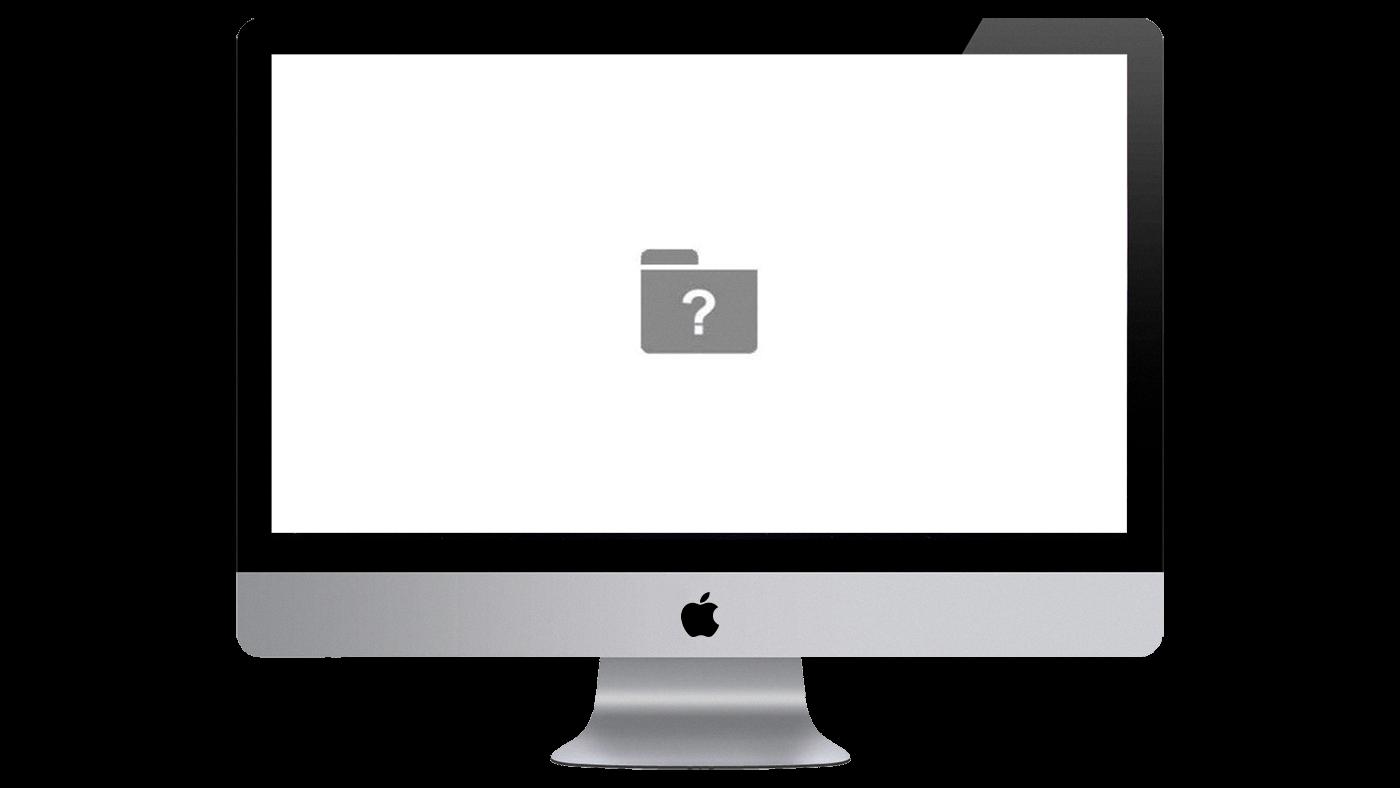
Source: eshop.macsales.com
Forcing a Mac to Restart When Not Responding
If your Mac becomes unresponsive, you can force a restart by pressing and holding the power button until the Mac shuts down. This will close any open documents or programs, so be sure to save any unsaved changes before forcing a restart. Once the Mac has shut down, press the power button again to turn it back on.
Entering Safe Mode on an iMac
To put your iMac into Safe Mode, first, make sure your computer is completely shut down by checking that the screen is black and all lights (including in the Touch Bar) are off. Then press and hold the power button until “Loading startup options” appears. Select a volume from the list, then press and hold the Shift key while clicking on Continue in Safe Mode. This will start up your iMac in Safe Mode, which runs a diagnostics check to identify any issues with the operating system or installed software. Once the diagnostic check is complete, you can then reboot your iMac normally to exit Safe Mode.
Understanding the Mac Boot Loop
A Mac boot loop is an issue where the macOS cannot properly load and the computer gets stuck in a repeating cycle. This type of issue can occur when a Mac has been recently updated to the latest version of macOS, Big Sur. During this boot loop, the Mac will attempt to start up but will fail before the login screen appears. Instead, it will reboot and try again without successfully loading. This can be an extremely frustrating experience as any data or changes that have not yet been saved may be lost. To solve this problem, users should try restarting their Macs in Safe Mode or using Apple’s built-in recovery mode tool to reinstall macOS.
Exiting a Computer Update Loop
If your computer is stuck in an update loop, you’ll need to restart your system in Safe Mode. To do this, press Ctrl + Alt + Delete, then hold down the Shift key and click the Power button. Select Restart from the menu that appears. Once your system reboots, press F4 or 4 on your keyboard to enter Safe Mode. Once you’re in Safe Mode, open Settings and go to Update & Security > Windows Update. From here you can view any pending updates and choose to uninstall them if necessary. After uninstalling the update that’s causing problems, restart your system again normally and see if the issue is resolved. If not, you may need to contact Microsoft Support for further assistance.
Troubleshooting Macs Stuck on the Loading Screen
If your Mac is getting stuck on the loading screen, it could be due to a few different reasons. It could be because your operating system is outdated and you haven’t run an update, or it could be because of a damaged hard drive. Outdated operating systems can cause the MacBook to freeze at the loading screen as they may not be able to properly read and process the information needed to start up. Similarly, a damaged hard drive can also cause the same issue as the system might not be able to properly read and load the hard drive data. If you suspect that either of these issues is causing your Mac to get stuck on the loading screen, then you should try running an update or checking your hard drive for damage.
Dealing with the Spinning Wheel of Death on a Mac
If you’re experiencing the spinning wheel of death (also known as the beach ball of doom) on your Mac, there are a few things you can try to fix it. First, force quit the application that is causing it by opening the Apple menu in the top left corner and selecting ‘Force Quit’. Next, you can close any other background applications you may not be using. If that fails, try restarting your computer by pressing and holding the power button for at least 10 seconds until it shuts off. Finally, if none of these solutions work, contact Apple support for further assistance.
Conclusion
In conclusion, if your Mac is stuck in a reboot loop, you can try to fix it by resetting the system. This can be done by erasing all of your content and settings. If the issue persists, you may need to force quit the application that’s causing the spinning wheel. Finally, it’s important to make sure your computer has enough resources to run the app properly. With these steps, you should be able to get rid of the reboot loop and ensure your Mac is running smoothly again.

